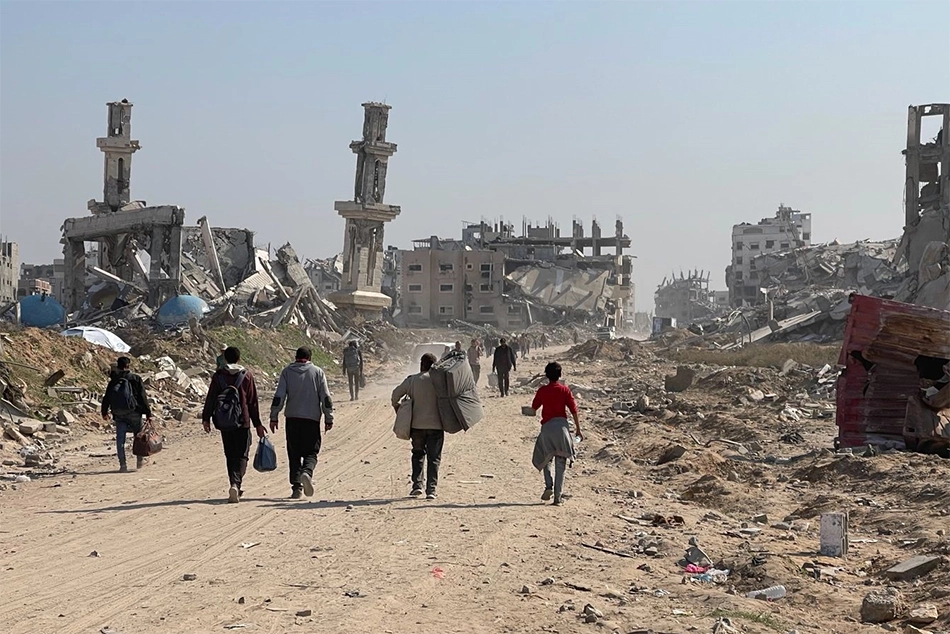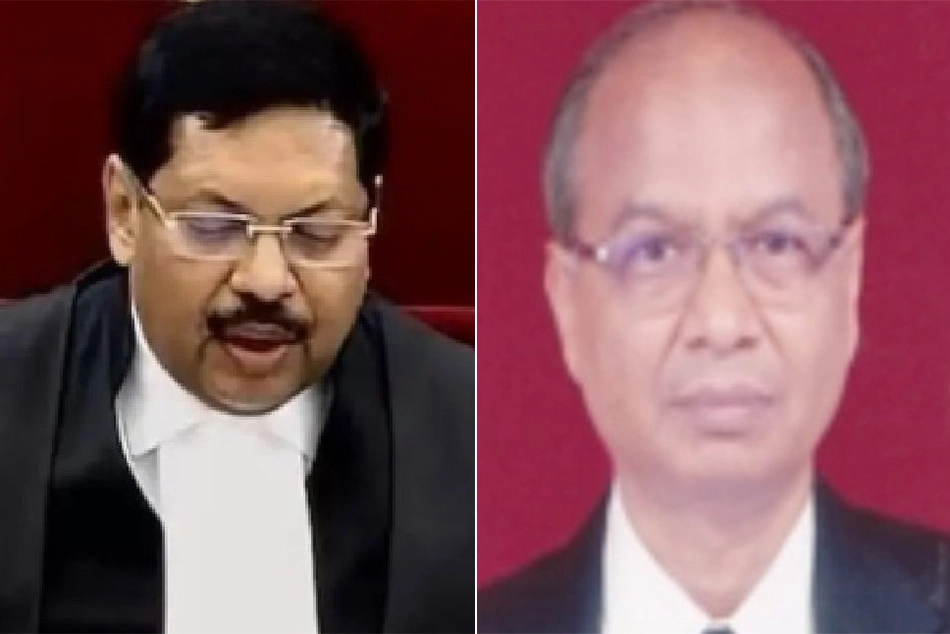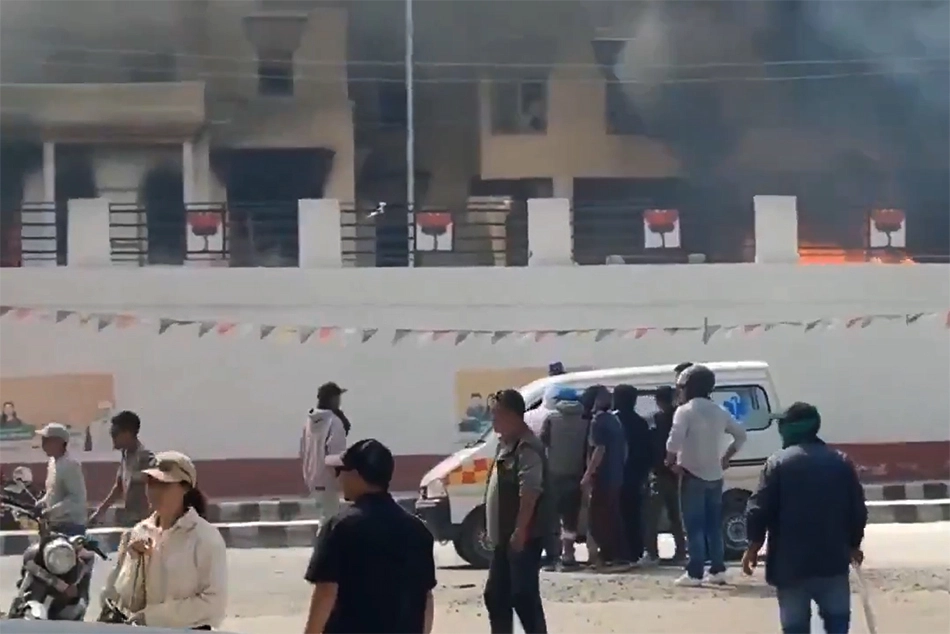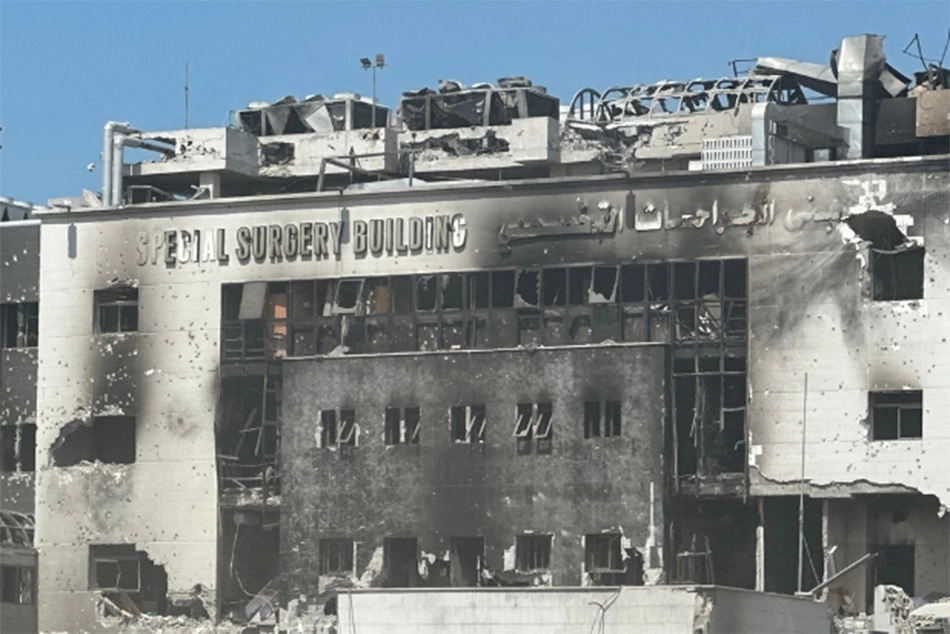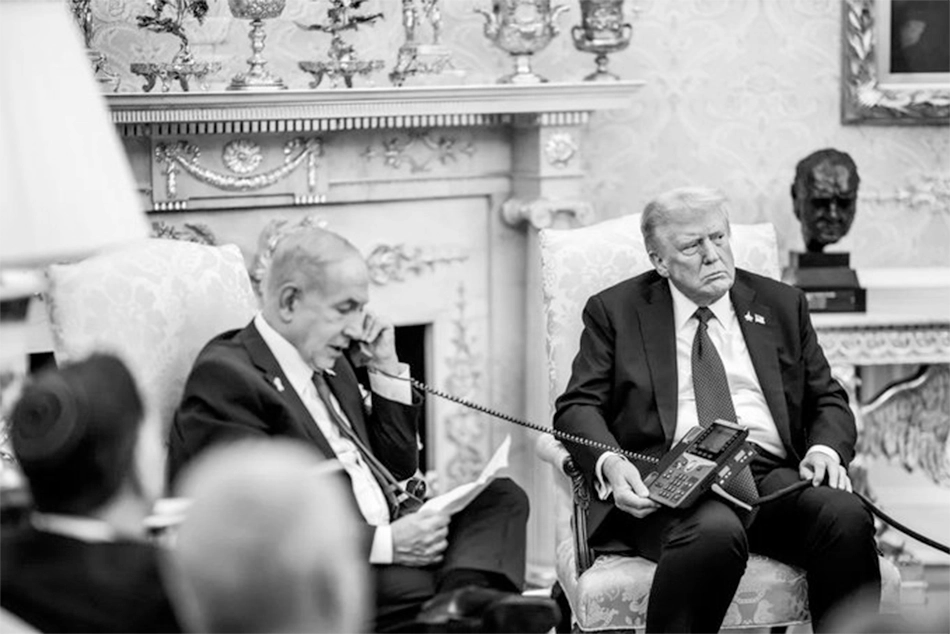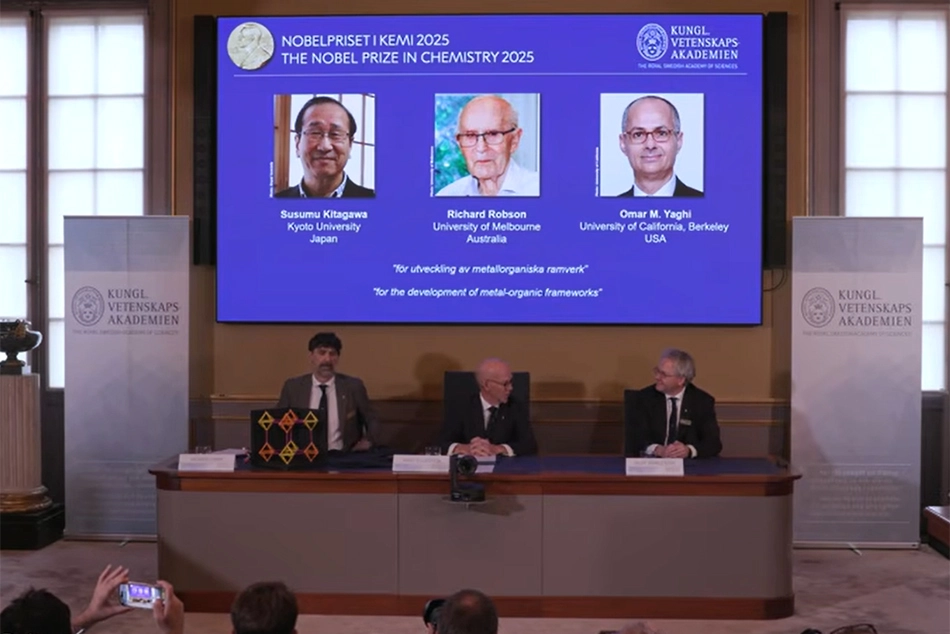
Gaza: Two Years of Genocide, Resistance, Ceasefire and Hope
Despite serious concerns, many experts remain hopeful that with strong global supervision and accountability, the agreement could become a durable and historic milestone, fostering peace in Gaza and providing the Palestinian people a meaningful path toward securing their fundamental rights
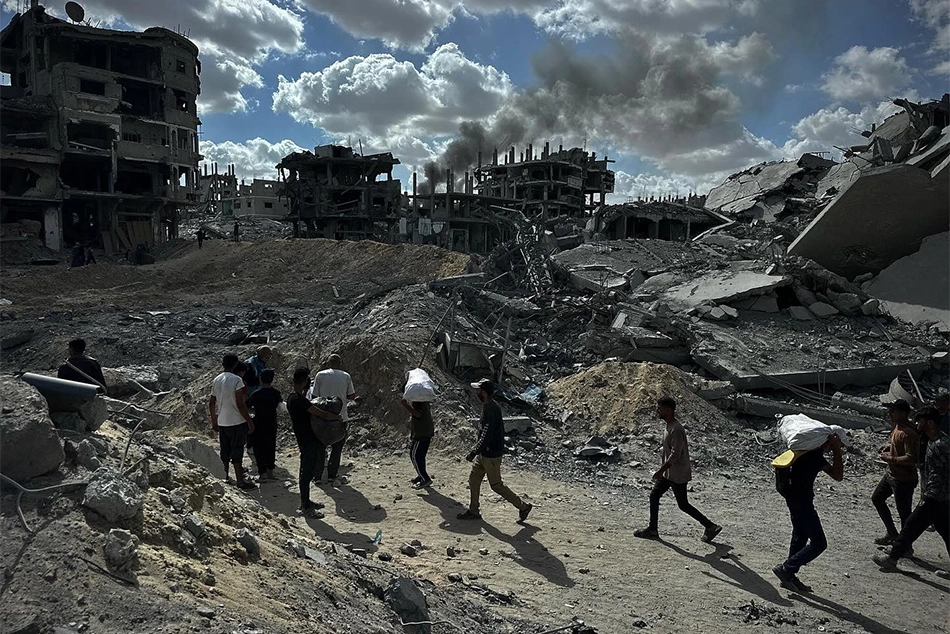
Two Years of Zionist Brutality and Gaza’s Unparalleled Endurance
During two relentless years of Zionist oppression and genocide, the people of Gaza displayed a level of patience, steadfastness and love for their homeland that will be remembered as one of the most remarkable chapters in human history. Throughout this period, they sacrificed thousands of their children, women and elders; endured the destruction of their homes and essential infrastructure; and withstood continuous bombardment, shelling, hunger, disease and siege.
Yet they never wavered in their resolve to defend their land and sacred sites. The people of Gaza neither contemplated migration nor abandoned their resistance; instead, with every new wound and tragedy, they emerged even stronger. In these two years, thousands of Palestinians were martyred. The most of them were innocent children and women. Those who survived continued to face daily threats to their lives, starvation and forced displacement.
Meanwhile, Netanyahu, his ministers and the occupying forces committed such heinous crimes and acts of savagery that no known punishment could ever be deemed sufficient. History will record the patience, courage and endurance of the people of Gaza in golden letters and will forever salute their sacrifice and resilience.
Israel’s Failure to Achieve its Objectives
According to political analysts, despite two years of relentless war and unceasing aggression, Israel has failed to achieve any of its major goals. Though it inflicted large-scale destruction upon Gaza, it neither managed to eliminate the resistance nor succeeded in breaking the spirit of its people. The central aims of the Zionist state included the eradication of Hamas, the elimination of its leadership, the release of its captured citizens, and the forced displacement of Palestinians through fear and devastation.
Yet the reality today is that the resistance remains alive, its leadership active and Israel has been compelled to negotiate with the very people it sought to destroy. This situation itself stands as undeniable proof of Israel’s failure to achieve its strategic objectives.
Analysts note that if, after two years of bloodshed, Israel is still forced to sit across the table with Hamas leaders to negotiate prisoner releases, it is a clear admission of its military defeat. A small besieged territory, under blockade for over twenty years, has managed to frustrate a nuclear power despite all its might and the backing of several global powers.
However, throughout this campaign, the occupying state succeeded only in extending its record of terrorism: killing civilians, demolishing infrastructure, starving the people of Gaza, depriving them of water and medicine and forcing them to survive beneath an open sky.
Trump’s Twenty-Point Plan and Hamas’s Wise Response
It was 29th November 2025, when U.S. President Donald Trump, flanked by Israeli Prime Minister Netanyahu, held a press conference at the White House. On this occasion, Trump presented a twenty-point plan for a ceasefire in Gaza, a plan that had, by then, become a necessity for both the United States and Israel.
Initially, Washington had given Israel a free hand to do whatever it wished in the Gaza Strip under the pretext of “eliminating Hamas.” Yet after two years of brutal warfare, the Zionist state failed not only to dismantle Hamas; but even to secure the release of its own hostages.
Meanwhile, the world witnessed an extraordinary outpouring of public outrage against Israel’s genocide in Gaza. Across continents, mass protests and rallies erupted almost daily. According to one report, over the span of these two years, more than 45,000 protest events were held in nearly 800 cities around the globe. This overwhelming wave of public dissent shook the world’s conscience and compelled political leaders to reassess their positions. The pressure eventually reached Washington itself. It is said that speaking to the CNN, Trump said:
“I told Netanyahu that the whole world now stands with Palestine. You can’t fight everyone. He understood my point.”
Thus, Trump’s twenty-point plan was, in essence, a product of political compulsion and an implicit acknowledgment of the ground realities. In contrast, Hamas responded with prudence, patience and strategic clarity, demonstrating remarkable political wisdom in the face of mounting international maneuvering.
On the surface, Trump’s twenty-point ceasefire plan appeared different from previous proposals; yet political analysts and Palestinian circles argued that it offered Palestinians nothing new or of real substance. Netanyahu and the plan’s backers greeted it with apparent satisfaction, and several Arab and Muslim states publicly endorsed it.
Trump applied heavy pressure on Hamas and adopted a menacing tone, warning that if Hamas did not accept the plan, “the gates of hell” would be opened. Hamas, however, did not capitulate immediately; instead it undertook careful scrutiny and delivered a measured, prudent response.
It praised aspects of Trump’s initiative, deeming the first nine points workable, while insisting that the remaining items required detailed negotiations. In particular, Hamas categorically rejected clauses designed to delay Israeli withdrawal and to rapidly disarm the movement.
Hamas also made it clear that the governance and administration of Gaza would remain solely in Palestinian hands, and that the members of any administrative committee would be chosen by the Palestinians themselves. This cautious yet resolute response reflected remarkable diplomatic acumen. Hamas effectively compelled the occupying power to return to the negotiating table and created pressure for the release of Israeli hostages. The tone of Abu Ubaida’s sardonic remark captured this reality:
“You may sift through every grain of Gaza’s sand, yet you will not find your captives. You will have to come to the negotiating table.”
Thus, Hamas’s measured stance kept the situation within the framework of dialogue while strengthening its international position. It sent a clear message to the world that Hamas was not merely a reactive party, but a responsible actor safeguarding both the principles of negotiation and the broader national interest.
Terms of the Agreement
Negotiations between Hamas and the occupying Israeli regime were held in the Egyptian city of Sharm el-Sheikh. The talks lasted for four days, and notably, Israel was compelled to sit across the table from the very same Khalil al-Hayya whose assassination it had attempted just weeks earlier in Qatar. Under the supervision of the United States, Egypt, Qatar and Turkey, the discussions culminated on 9th October in what has been described as a historic ceasefire agreement.
Analysts view this accord as a significant step toward ending the two-year-long bloody war in Gaza. However, several observers have also expressed concern that once its hostages are released, Israel might, true to its history, renege on the deal, as it has done on multiple occasions in the past.
Key Points of the Agreement
The principal terms agreed upon in the ceasefire deal are as follows:
Immediate enforcement of a complete ceasefire
- Exchange of Prisoners: Hamas will release twenty Israeli captives, while the occupying Israeli regime will free two thousand Palestinian prisoners.
- Return of Remains: The bodies of twenty-eight deceased Israeli hostage will be returned in phases.
- Humanitarian access: Four hundred trucks carrying food, water, medicine, and construction materials will be allowed to enter Gaza daily.
- Return of Displaced Families: Palestinians displaced from their homes will be permitted to return to their respective areas.
- Military Withdrawal: Israeli forces will complete their withdrawal from Gaza within twenty-four hours.
This agreement is widely seen as the first concrete step toward peace, recovery, and stability in the devastated Gaza Strip.
Approval of the Agreement by the Israeli Cabinet
The Israeli cabinet has formally approved the ceasefire and prisoner-exchange agreement reached concerning Gaza. On this occasion, Prime Minister Benjamin Netanyahu described the deal as a “decisive turning point.” He expressed gratitude to U.S. President Donald Trump and his special envoys Jared Kushner and Steve Witkoff for their efforts, declaring that the initiative serves “the interests of Israel, the United States, and all humanity, as it will allow separated families to reunite once again.”
Plight of Palestinian Prisoners and Struggle for Their Freedom
At present, more than 11,000 Palestinian prisoners are languishing in Israeli jails, including a significant number of women, children and elderly detainees. These prisoners are subjected to torture, starvation, deprivation and denial of basic medical care. Many have lost their lives due to brutal treatment and prolonged solitary confinement.
In truth, one of the central aims of the Al-Aqsa Flood operation was the liberation of these innocent and defenseless Palestinians and individuals imprisoned for years without fair trial or due process. This war, therefore, has come to symbolize not only resistance against occupation but also a broader human struggle for justice and freedom in the face of oppression and captivity.
Martyrdom and Human Loss
Since 7th October 2023, Israeli aggression in Gaza has resulted in the deaths of 67,194 Palestinians and injuries to 169,890, the majority of whom were women and children. These figures have been recorded by the Gaza Ministry of Health, though thousands more, whose deaths went unrecorded, are believed to have perished.
According to analysts, the Zionist state has killed thousands of innocent civilians during this campaign. In addition, due to famine and lack of basic facilities, 460 Palestinians, including 154 children, have lost their lives. Nevertheless, the current ceasefire agreement marks the first step toward ending this long-standing bloodshed. It is hoped that this accord will prove durable, serve as a foundation for Palestinian freedom, and advance their right to self-determination and independence.
Concerns Regarding the Agreement
Israel’s history is replete with broken promises, which has led some analysts to express serious concerns about the current ceasefire and prisoner-exchange agreement.
In the past, Israel has repeatedly violated international and regional accords, raising the possibility that it may once again fail to fully implement the agreed terms.
Analysts note that the most sensitive aspects of the agreement are the release of prisoners, military withdrawal, and the provision of humanitarian aid. Any deviation by Israel on these points could create significant problems not only for the Palestinian people; but also for international politics and trust.
Consequently, the success of the agreement depends not only on the intentions of the parties involved; but also on the presence, oversight and pressure of the international community, monitoring bodies and human rights observers.
Despite these concerns, many experts remain hopeful that with strong global supervision and accountability, the agreement could become a durable and historic milestone, fostering peace in Gaza and providing the Palestinian people a meaningful path toward securing their fundamental rights.
Follow ummid.com WhatsApp Channel for all the latest updates.
Select Language to Translate in Urdu, Hindi, Marathi or Arabic
